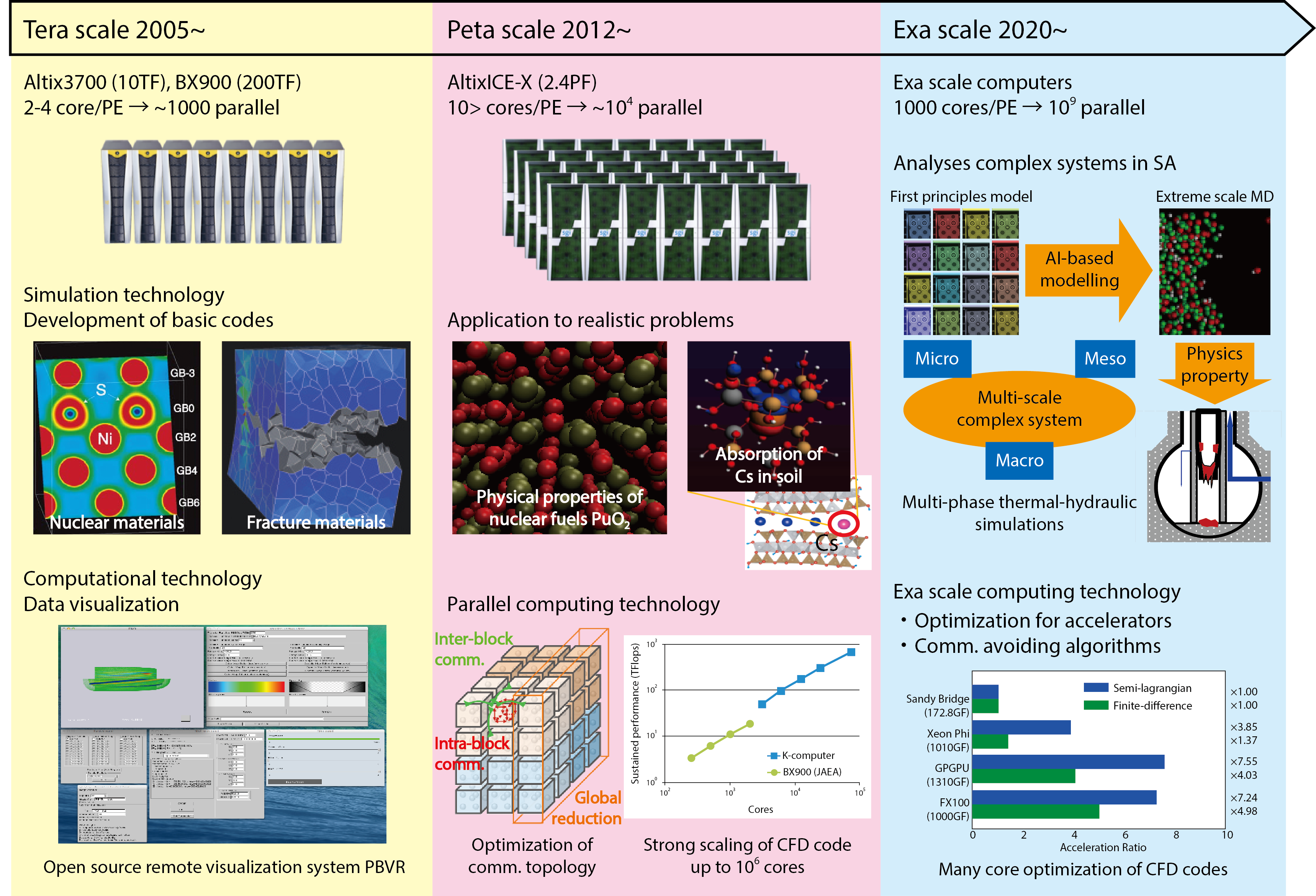
Fig.9-1 Computer-science research at the Center for Computational Science and e-Systems
Simulation techniques for analyzing the complex phenomena comprising various physical effects are essential for resolving issues created by the accident at the TEPCO’s Fukushima Daiichi NPS, such as the environmental dynamics of radioactive substances, the volume reduction of polluted soil, and the study of severe accidents (SAs). These techniques are also required for research and development of future nuclear systems. For example, severe-accident analyses require not only macroscale thermal-hydraulic simulations for the melt-relocation behavior of nuclear fuels and structural materials but also state-of-the-art multiscale and multiphysics simulation technologies, which enable AI-based integration of mesoscale simulations for evaluating complicated interface formation owing to mixing of molten debris and fracture events such as crack growth as well as microscale quantum simulations for estimating diffusion, chemical reactions, and phase transitions in extreme environments at high temperature and pressure. In addition to these new simulation technologies, computational technologies that support high-performance computing on future exascale machines are required.
Thus far, we have developed simulation techniques such as quantum and fluid simulations, which form the basis for analyzing complex phenomena as well as computational technologies such as numerical algorithms and visualization systems. We further advance these techniques and address the development of new simulation and computational technologies that enable exascale analyses of complex phenomena (Fig.9-1). Such simulation techniques for complex phenomena will form a common foundation for general nuclear research and development.
In FY2017, as a computer-science contribution to the reconstruction and revitalization of Fukushima prefecture, we disclosed mechanisms for cesium absorption on various clay surfaces in soil via first-principles-based simulations (Chapter 1, Topic 1-18). In addition, in the following three topics, various micro and mesoscale simulations that are needed for the analyses of complex phenomena were improved:
We are steadily promoting research on simulation and computational techniques, which form a common foundation for nuclear research and development and are providing them to the community.